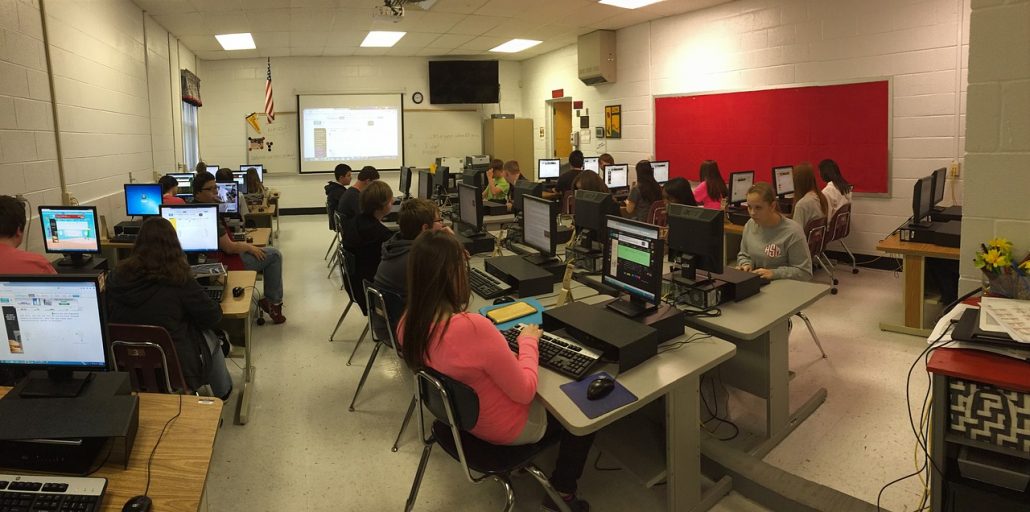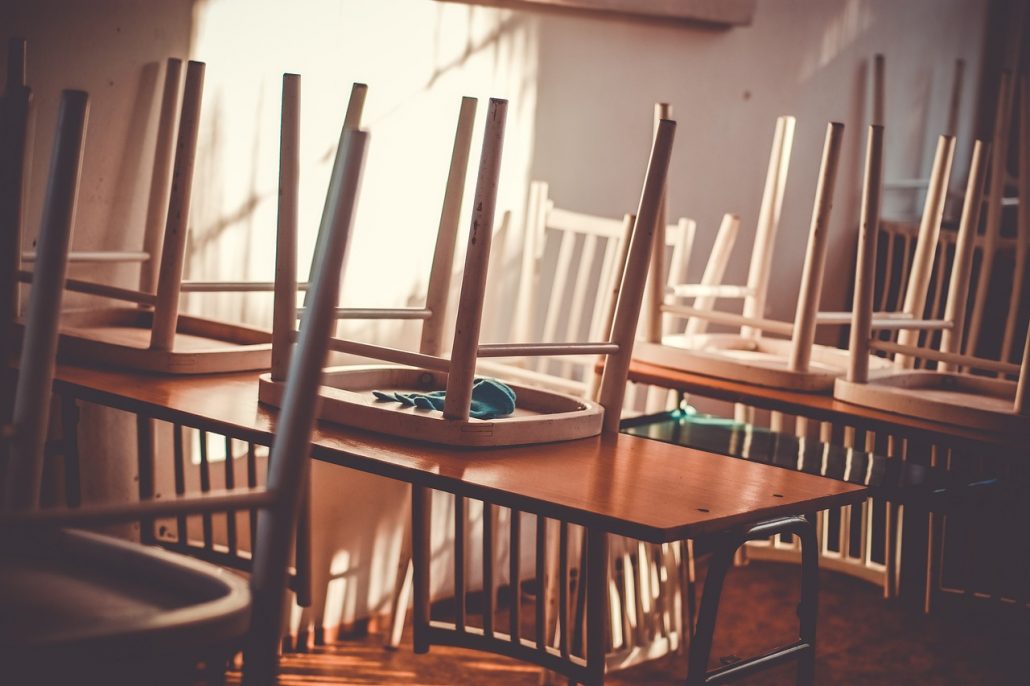Homework Ideas for Teachers to Try

Too often, homework assignments get a bad reputation for being tedious, repetitive, or unnecessarily lengthy. As educators, we aim to provide work that is rigorous, purposeful, and engaging. The last type of task we want to assign is an irrelevant or disconnected assignment used solely as “busy work.” Homework is meant to allow time to practice and reflect on the skills or concepts that we have been teaching in class. Of course, assignments cannot always engage every student on every level. However, a few different strategies can ensure that, as much as possible, students bring home tasks that hold their attention, assess their skills, and promote reflective practices concerning their learning styles.
Provide opportunities for student choice as often as possible
This could mean that students are given the option to choose from a list of assignments, all with the same objectives or learning goals. The idea behind this is simple: the manner in which students exhibit their learning is not what matters. Providing options that boost engagement can often enhance learning. Assignment options can range from a paragraph or collage to a PowerPoint or Adobe Spark page. With a wide range of possibilities, students are able to play to their strengths. A tech-savvy student and an artistically-inclined student can both exhibit knowledge of the content or skill, but produce different representations of their knowledge. This allows students to focus on the same learning goals and participate in the same instruction, while allowing them to differentiate the product that they create.
Permit students to opt-out of homework they have mastered
Along with student choice should be an opportunity to “opt-out” of certain assignments—for instance, a student that aces an algebra practice test may be given the option to opt out of the night’s homework involving the same concepts. This idea supports the notion that busy work not only lends itself to boredom, but also has the potential to lower motivation and determination. If a student has proven mastery of a concept, rote or redundant practice is unnecessary.
Create a weekly or monthly calendar of assignments
This not only helps teachers with their planning, it also assists students with organization and proactivity. The calendar acts as a visual or digital reminder of assignments that are coming down the pike. Be sure to include the date that the task was assigned, as well as the due date. Double check that a week’s worth of assignments is balanced and reasonable—i.e., something that students can realistically accomplish in the timeframe given. Encourage students to cross off tasks as they are completed. Also, allow students to submit work prior to the due date. This way, students that struggle with disorganization or misplacing papers can rid themselves of the assignment before it disappears.
Hold a homework session during lunch
This can be as frequent as needed, but once a week is a good start. Allowing students to have a quiet place to work is a benefit to them and you, as well. By working through an assignment with students, teachers are better able to gauge the effectiveness of their instruction. A lunch session also allows students to ask questions or voice confusion over a particular homework task.












